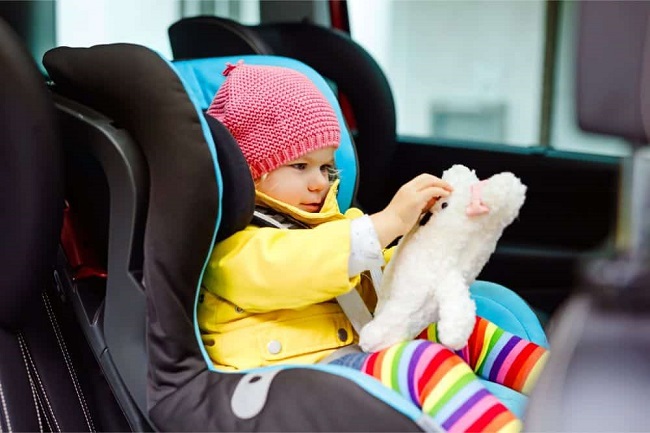Parents have the choice of choosing between an infant and a convertible car seat when travelling with their newborn. Both are safe options if your kid fits the car seat’s height and weight standards. You also have to make sure you know how to securely install the seat. It’s crucial to choose the seat that works best for your infant and your needs. Here are the fundamental differences between infant and convertible car seats.

Convertible Car Seats
Unlike infant car seats, convertible car seats can be used rear-facing for the first few years of the child’s life, and later forward-facing. Per the AAP standards, children should ride rear-facing in their convertible seat until reaching the max rear-facing height or weight limit—and only then should the convertible seat be turned forward-facing.
Then the youngster should use it forward-facing until attaining the max height or weight (whichever comes first) for forward-facing. It should be noted that the rear-facing restrictions (height and weight) are usually always lower than the forward-facing limits.
In order to keep using a harness until they are ready for a booster, some children will require a seat with a larger height or weight limit than their convertible seat provided. The typical weight limit for rear-facing use on a convertible seat is 40 pounds, with the forward-facing limit being set at 50 pounds. However, most kids exceed the 40-50 pound weight restriction for convertible car seats.
Convertible car seats do not require a base in order to be installed in a vehicle. Therefore, every time a newborn uses a convertible car seat, an adult will need to transport the infant to and from the automobile.
When Is the Right Time to Make the Change?
Most infant car seats have a weight limit of between 22 and 35 pounds; however, almost all babies outgrow their seats well before they reach that limit, especially those with weight limits of 30 pounds or more. When a child’s head is more than an inch from touching the top of the seat, it is too high. If you want to be sure your kid is travelling safely in the car, you should check the seat’s height and weight limits.
Vital Precautions to Take
Parents should not rush the process of upgrading to a convertible car seat. To ensure your child’s safety in the case of a collision, you should keep a few things in mind when choosing and installing a new car seat.
- Put the Seat in Properly
- Know Your State Laws
- Use the Proper Child Safety Seat
Last Words
The majority of parents start with an infant car seat and then upgrade to a convertible seat as their child grows. A car seat should be selected that is suitable for both the youngster and the parent. You should only use a car seat if it has never been in an accident and fits snugly in your vehicle.


















